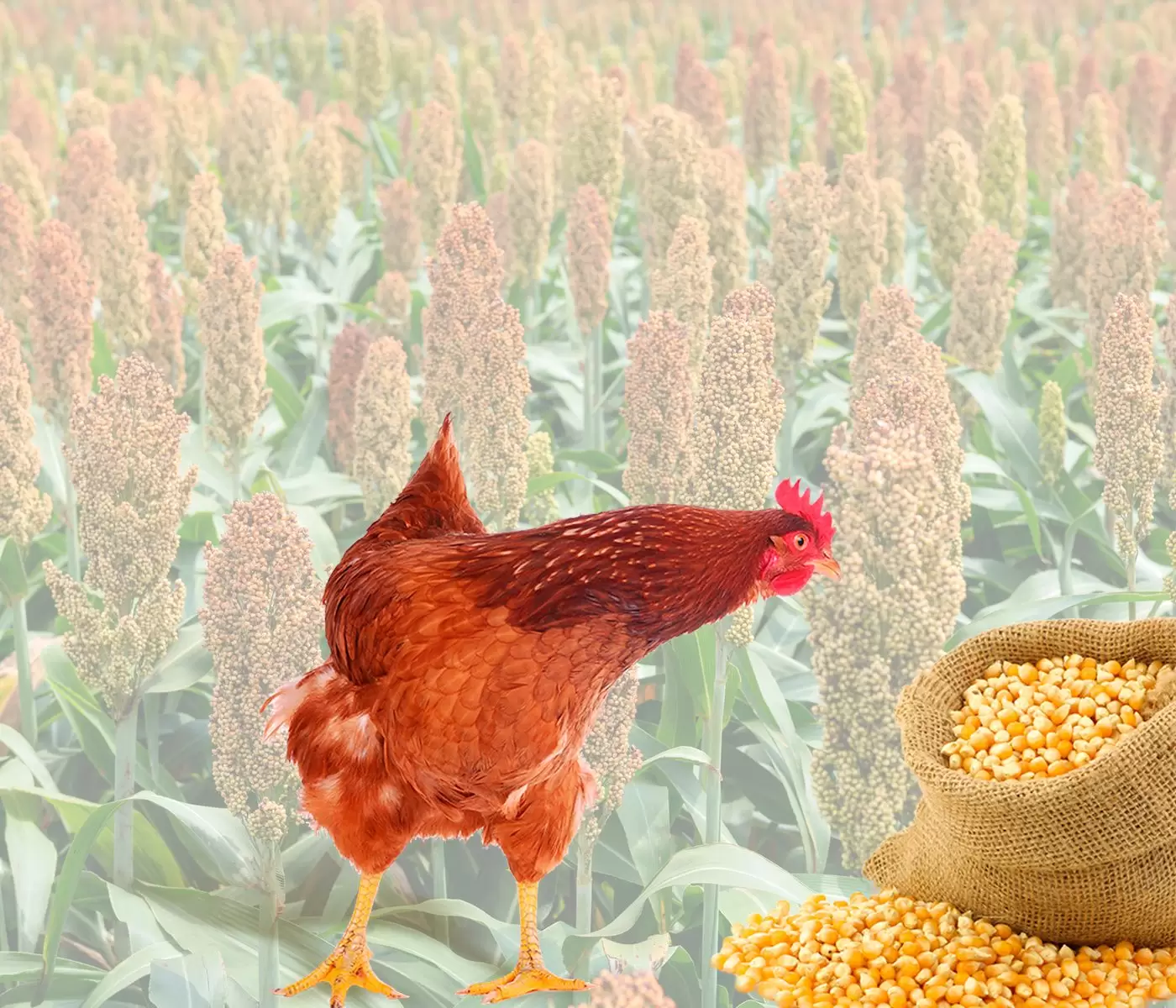 04 Oct 2022
04 Oct 2022
Sorghum grain can be a viable replacement for corn in poultry diets.
Poultry diets must contain a large percentage of cereal grains that provide protein and energy within the ration. Rations, in general, include corn, wheat, barley, rice and sorghum.
| Sorghum is produced in much smaller quantities than corn in the U.S.. It is also used in lower quantities for poultry feed. |
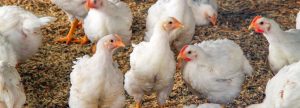
The new varieties of sorghum are an excellent source of protein and energy for broilers, laying hens, turkeys and waterfowl.
Some sorghum users consider that the cultivation of sorghum generates a lower environmental impact compared to other cereals that require large amounts of moisture and fertilizers.
Nutritional Characteristics
Both the nutritional profile and amino acid digestibility of sorghum are very similar to corn, especially when considering new varieties.
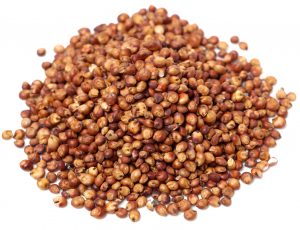
The fat content of the sorghum grain and therefore its energy value is slightly lower compared to corn.
In turn, sorghum contains lower amounts of xanthophylls required for the pigmentation of the yolk and skin of broilers.
In that case, other sources of pigments such as calendula oil, yeast products, synthetic compounds and even corn-based DDGS can be used. These are widely available and can often be included in rations at a minimal cost.
Another feature of sorghum is that it contains a little more available phosphorus. Due to these characteristics, when sorghum is valued at competitive prices, it can be used to replace corn at levels of up to 70% in broilers and layers.
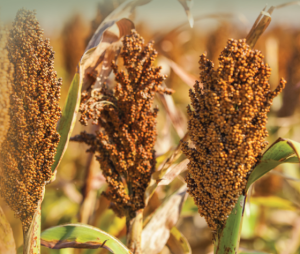
Today’s sorghum
Current varieties of sorghum compare more favorably with maize in lower-cost food formulations. Ancient varieties of sorghum contained relatively high amounts of anti-nutritional compounds called tannins.
The presence of tannins in poultry feed is well known as they suppress the growth and
 yield of all types of poultry. This is due to the fact that tannins bind to proteins and make them less available for metabolism. However, nowadays there are “low tannin” or “99% tannin-free” varieties.
yield of all types of poultry. This is due to the fact that tannins bind to proteins and make them less available for metabolism. However, nowadays there are “low tannin” or “99% tannin-free” varieties.
[register]
Producers evaluating the choice of sorghum as an alternative cereal should carefully consider the source of nutritional values that are assigned to it in their food formulation softwares. Considering that current varieties have a much higher nutrient quality than in previous years.
Enzymes for sorghum-based diets
| Most cereals and poultry benefit to some extent from enzyme addition within the diet. Whether it is to increase nutrient availability or to reduce the impacts of anti-nutritional factors. |
![]()
For example, the enzyme glucanase is used to mitigate the negative effects of viscosity from wheat and barley-based diets.
A research group studied the effect of adding a commercial blend of pectinases, α-glucanases and hemicellulases for sorghum and soy feed rations for broilers, and found that the ileal digestibility of amino acids increased by 3%, while Metabolizable Energy was increased by more than 6%. Cadogan, et al., tested phytase enzyme preparations in sorghum-based diets and determined that the enzyme improved weight gain, amino acid digestibility, starch digestibility, and broiler performance.
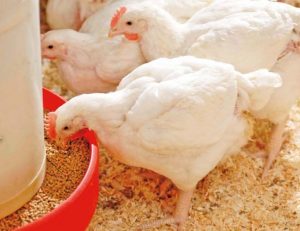
Sorghum grain processing
The physical and chemical effects of heat, steam or moisture, pressure and grinding influence the digestibility of grains, including sorghum.
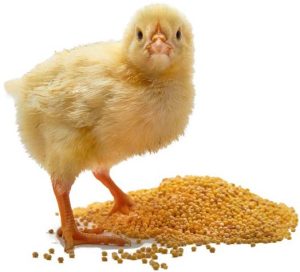
Broilers and turkeys are fed feed in the form of pellets, resulting in an improvement in weight gain and feed efficiency, regardless of the type of grain used. Virtually 100% of meat poultry rations in the United States are supplied as pellets.
Experienced food manufacturers will agree that feeds containing sorghum are harder to pelletize. This is partly due to the fact that its slightly lower energy value is sometimes corrected with the addition of additional oil or grease, which in turn reduces pellet quality.
If the price of sorghum is favorable for replacing a portion of the wheat or corn fraction, the most cost-effective way to include a small amount of grain within the diet is to simply add it in whole form.
Rogers et al. added whole sorghum to pelleted broiler rations and found no difference in productive performance with pellet-fed chickens containing ground sorghum. Another group of researchers has also presented a study where they indicate that whole sorghum can be added to poultry rations without negatively affecting growth.
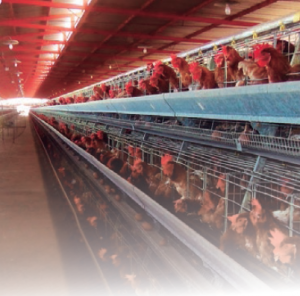
Conclusions
Sorghum grain can be compared with maize in terms of nutritional quality. Therefore, it could be incorporated into non-ruminant diets helping to reduce demand pressure on corn.
To include sorghum in poultry rations, it is recommendable to follow these steps:
Source: This article was originally published is spanish in NutriNews Latam
[/register]
Subscribe now to the technical magazine of animal nutrition
AUTHORS
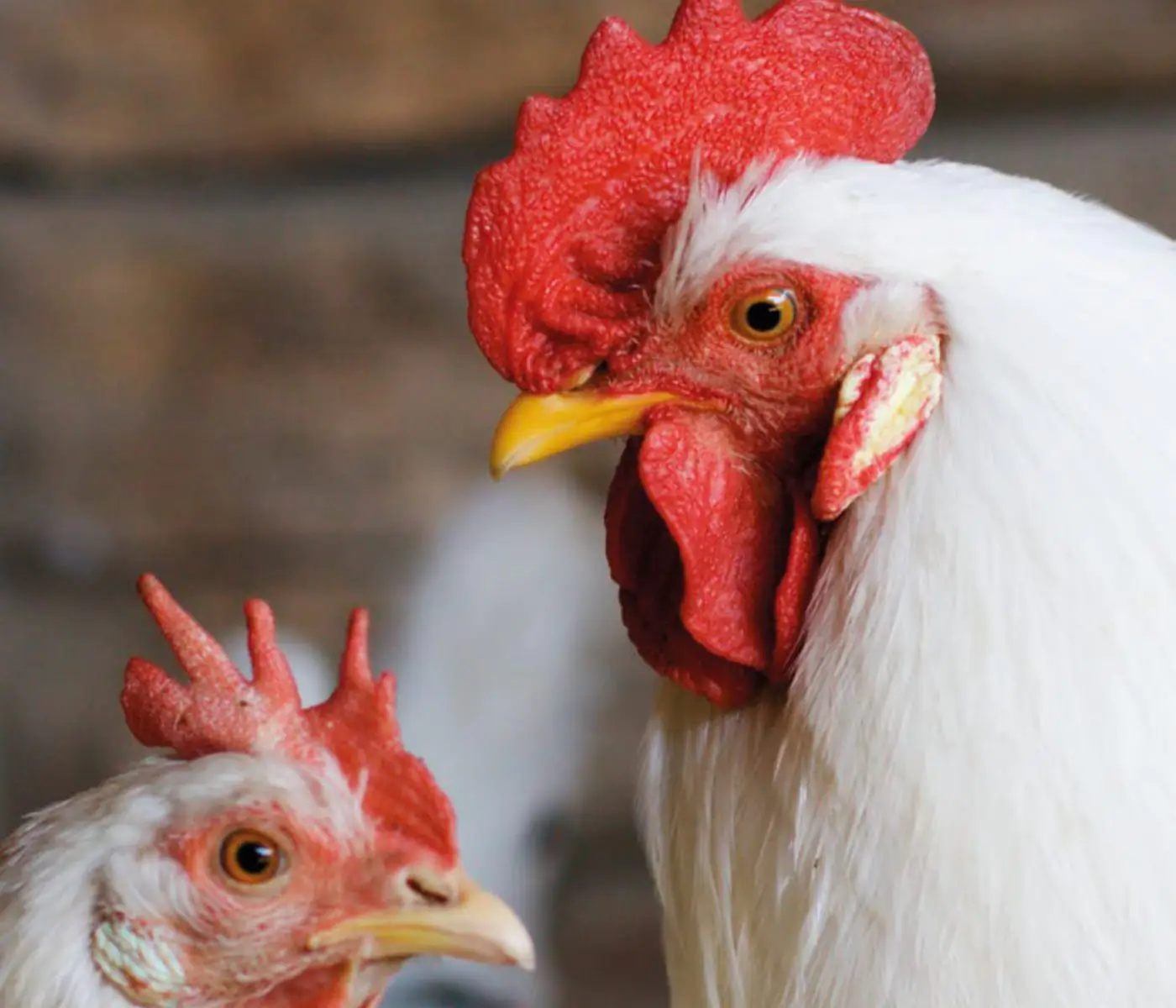
Nutritional Interventions to Improve Fertility in Male Broiler Breeders
Edgar Oviedo
The Use of Organic Acids in Poultry: A Natural Path to Health and Productivity
M. Naeem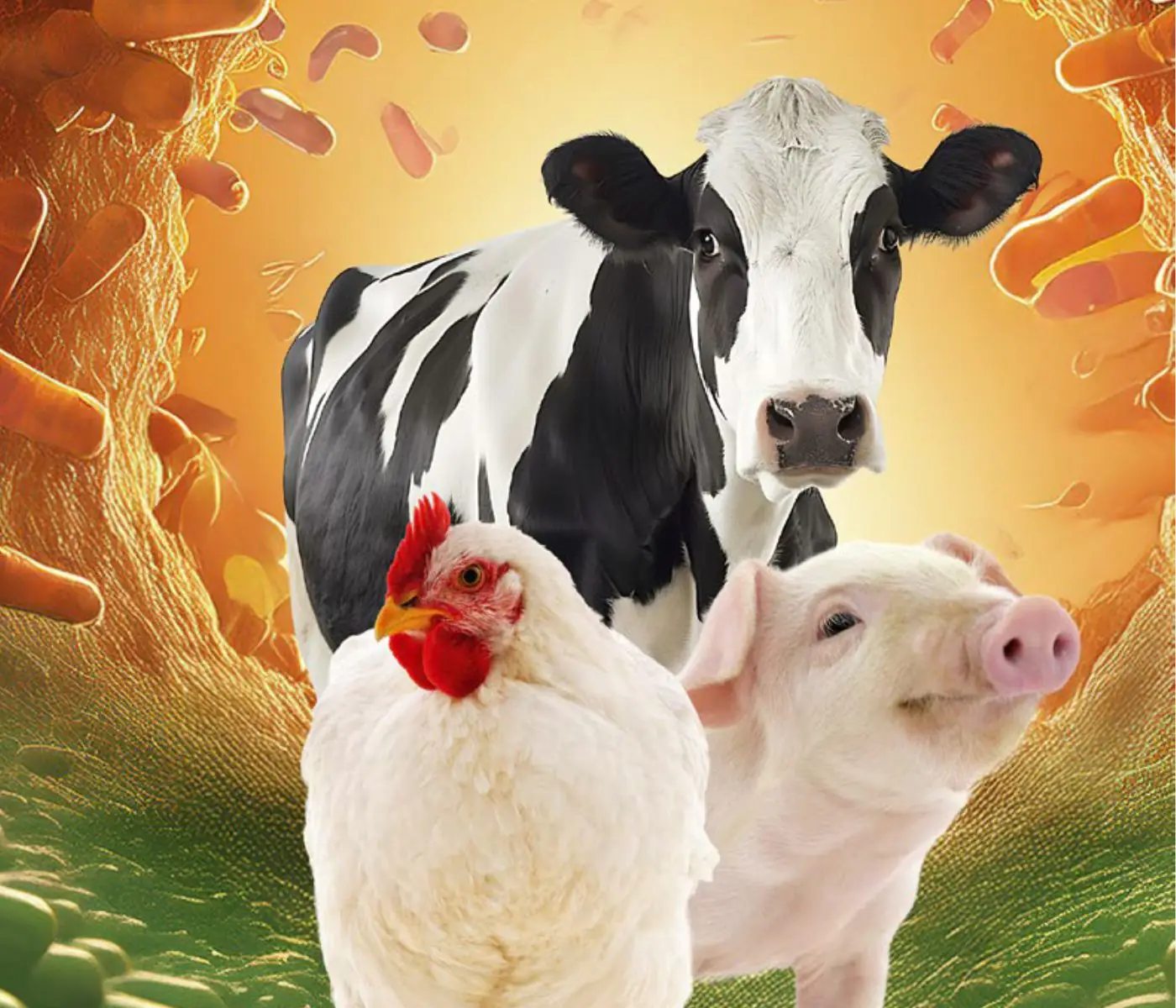
Synergistic Benefits of Prebiotics and Probiotics in Poultry, Swine, and Cattle
Gustavo Adolfo Quintana-Ospina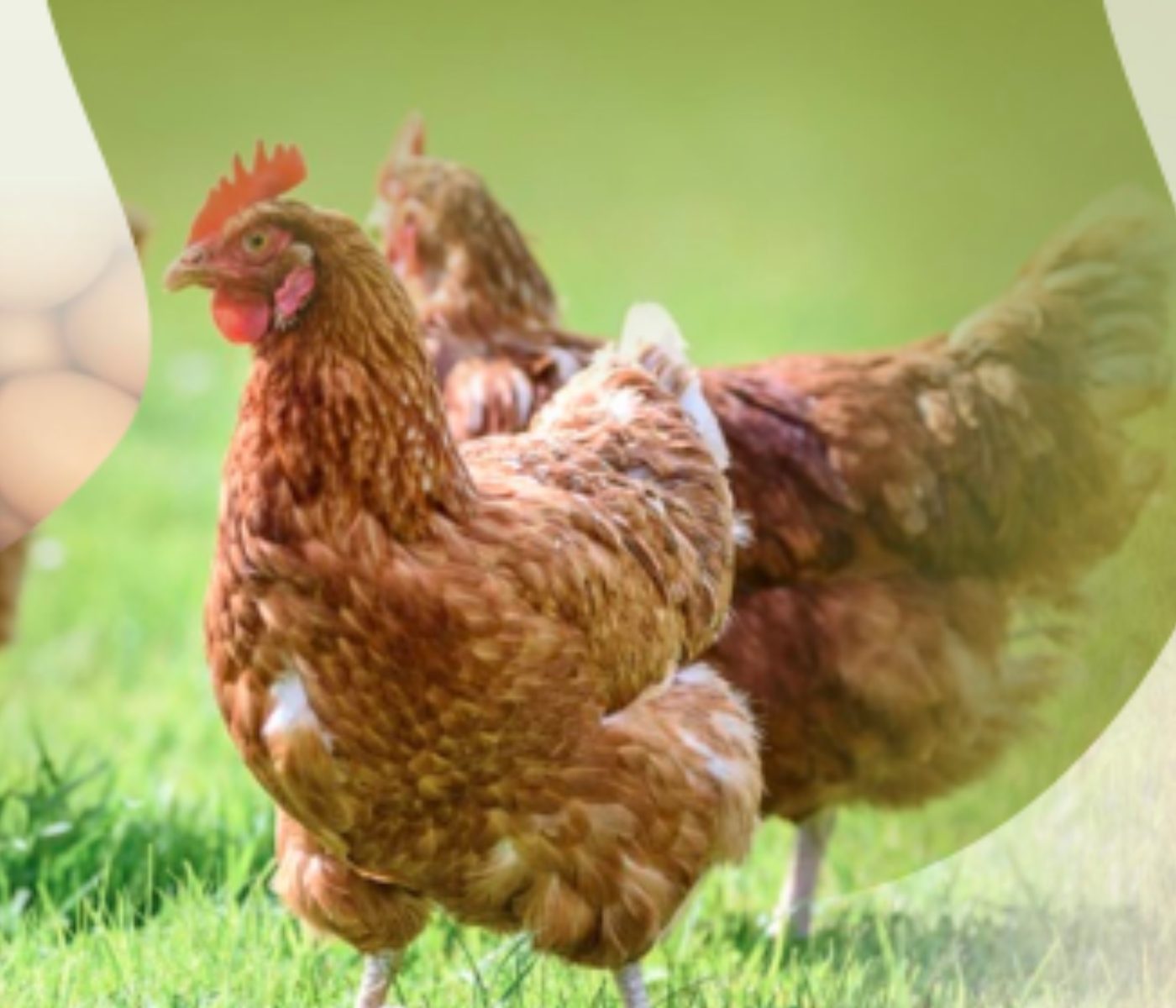
Hybrid Rye Potential in Laying Hen Feed Rations
Gwendolyn Jones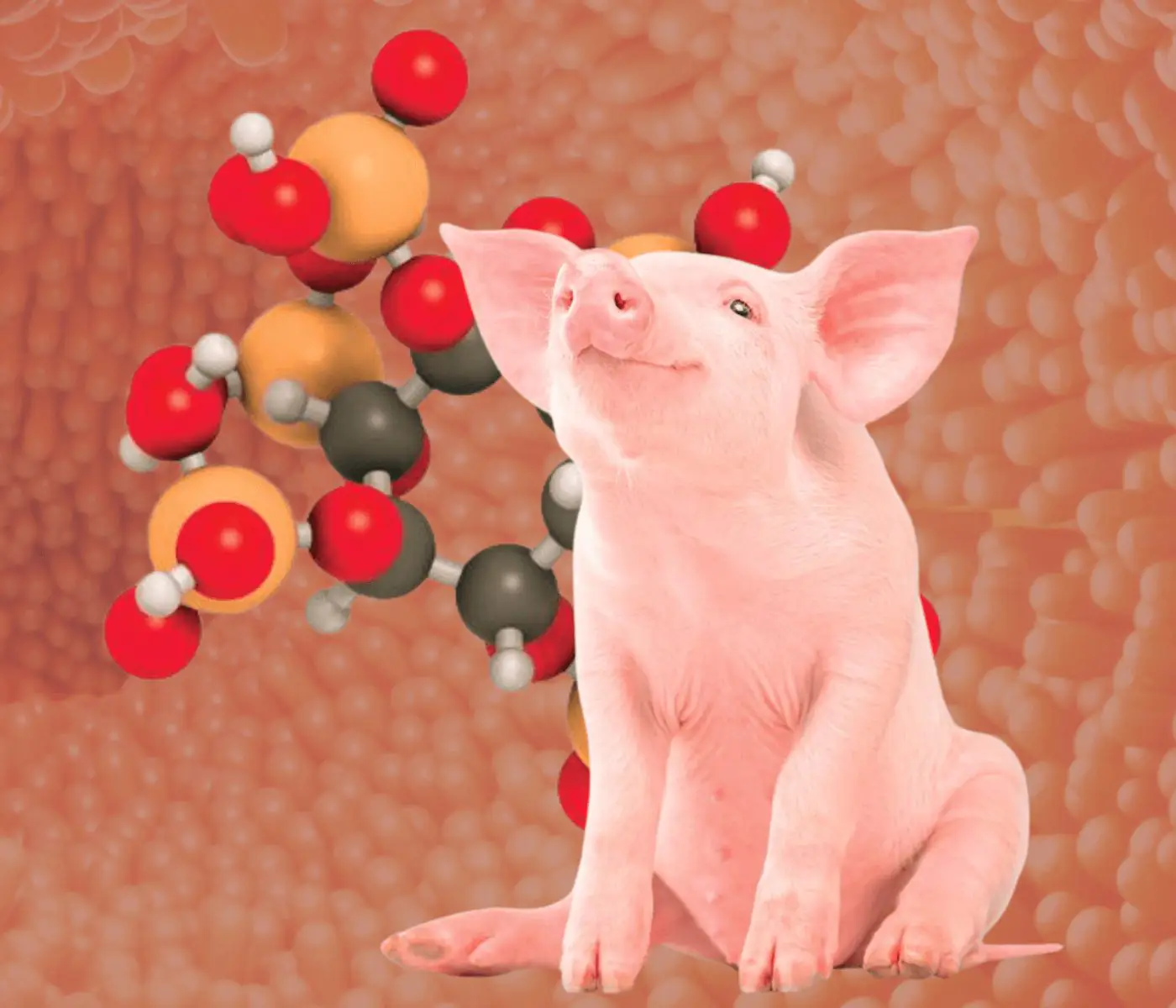
A day in the life of phosphorus in pigs: Part I
Rafael Duran Giménez-Rico
Use of enzymes in diets for ruminants
Braulio de la Calle Campos
Minerals and Hoof Health in the Pregnant Sow
Juan Gabriel Espino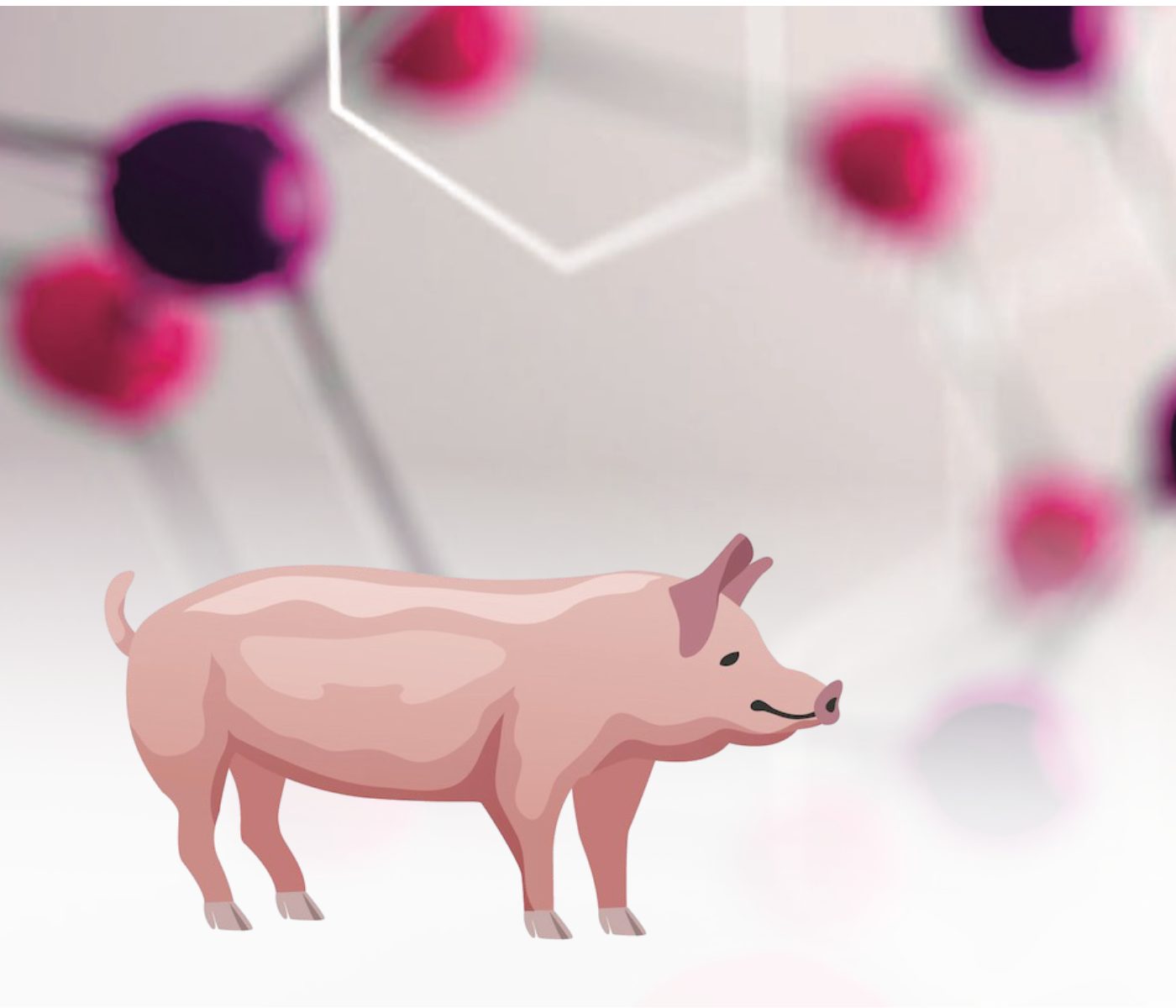
Impact of Oxidized Fats on Swine Reproduction and Offspring
Maria Alejandra Perez Alvarado